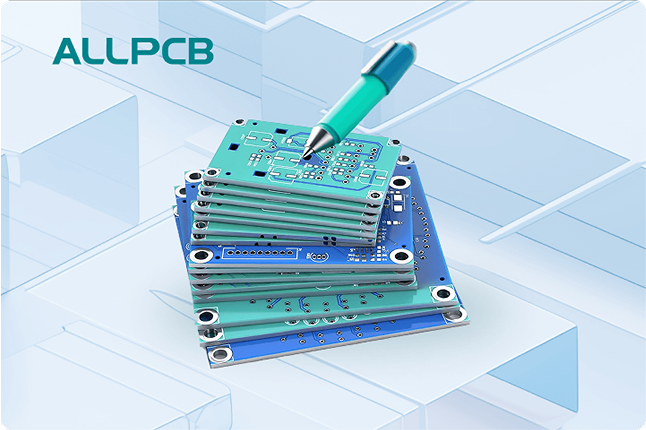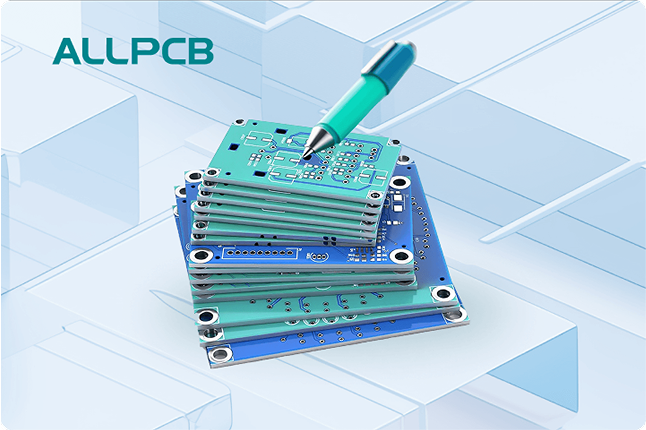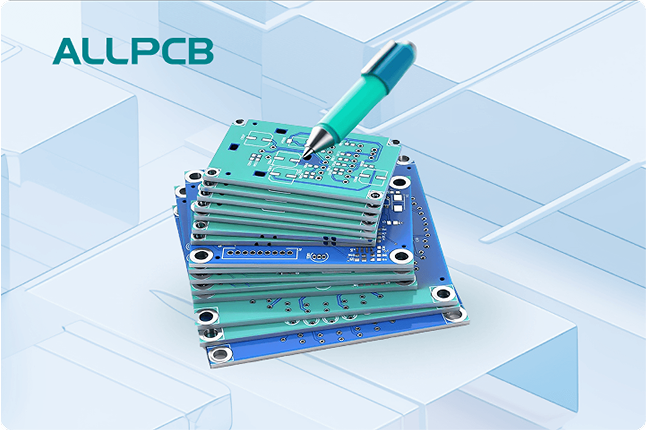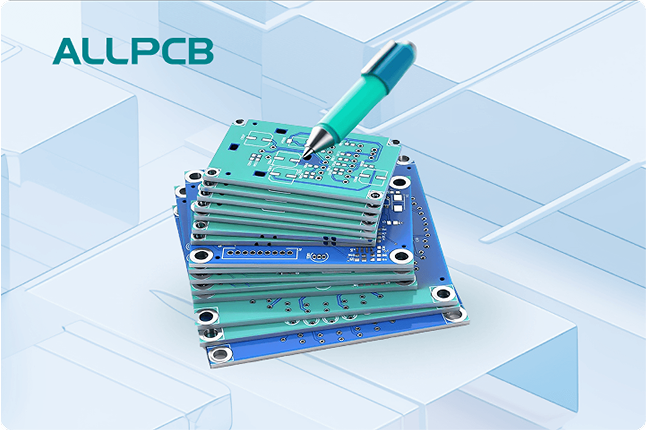Drill holes are a fundamental aspect of any Printed Circuit Board. While often overlooked, they play a critical role in both the mechanical and electrical functionality of the board. This article provides an in-depth overview of PCB drill holes, including their types, supporting documentation, and key design considerations.
What Are PCB Drill Holes?
PCB drill holes are precisely drilled holes in a circuit board that serves one or more of the following functions:
- Electrical Interconnections – Connecting different layers of the board through plated holes or vias.
- Component Mounting – Allowing the insertion of through-hole components such as resistors, capacitors, and connectors.
- Mechanical Support – Providing space for screws, standoffs, or alignment pins.
Types of PCB Drill Holes
1.Plated Through Holes (PTH)
Have a conductive copper wall that connects multiple layers.
Used for both electrical connections and through-hole components.
2.Non-Plated Through Holes (NPTH)
Have no plating inside; purely for mechanical use, such as mounting holes.
3.Vias
Small plated holes used to route signals between PCB layers.
Types include:
- Through Vias: Connect all layers
- Blind Vias: Connect outer to inner layers
- Buried Vias: Connect only internal layers
4.Microvias
Laser-drilled, extremely small vias used in HDI PCBs.
Three types of holes(vias): Thru-hole, Blind vias, Buried vias
What Is a PCB Drill File?
The Drill File is a critical manufacturing file that contains all information about the holes to be drilled. It includes:
- Drill coordinates (X/Y positions)
- Drill sizes
- Hole types (PTH or NPTH)
- Layer information (e.g., for blind/buried vias)
Drill files are usually generated in Excellon format, and are essential for the fabrication process.
What Is a Drill Chart (or Drill Table)?
A Drill Chart or Drill Table is typically included on the fabrication drawing or Gerber file. It summarizes:
- Drill sizes and tool numbers
- Quantity of each hole type
- Plating status (PTH/NPTH)
- Tolerances
This chart helps the PCB manufacturer quickly understand your design's hole requirements.
Key Design Considerations for Drill Holes
When designing drill holes, consider the following to ensure quality and manufacturability:
- Minimum Hole Size
Most manufacturers have a lower limit (e.g., 0.15mm). Below that, laser drilling is required.
- Aspect Ratio
The ratio of PCB thickness to hole diameter should typically be ≤ 10:1 to ensure reliable plating.
- Clearance & Annular Ring
Ensure enough copper pad around the hole. A minimum annular ring of 0.15mm is recommended.
Keep adequate clearance between the hole and adjacent copper or traces.
- Proper Drill Type Definition
Clearly define PTH vs NPTH holes in your drill file and fabrication drawing. Mislabeling can cause electrical failures.
- Via-in-Pad Design
If you're using vias under BGA pads, make sure to use proper via plugging and capping processes to avoid solder wicking.
- Stacked vs Staggered Vias (for HDI)
For high-density boards, stacked microvias require more careful control during lamination.
Final Thoughts
Drill holes may be small, but they are foundational to PCB reliability and functionality. Understanding the types of holes, how they’re documented, and how to design them correctly will help you build better boards and avoid costly manufacturing issues.
Always consult your PCB fabricator’s drill capability guidelines and submit accurate drill files and charts as part of your documentation.
Need Help Optimizing Your Drill Hole Design?
Whether you're designing a simple 2-layer board or a complex HDI PCB, proper drill hole design is critical to performance, cost, and manufacturability. At ALLPCB, our engineering team is ready to review your Gerber files and provide expert advice on:
- Drill size and layout optimization
- Via selection and cost-effective stack-ups
- Design for manufacturability (DFM) suggestions
Contact us today to learn how we can help you streamline your PCB design and reduce production risk.
Suggested Reading:Mastering Microvia Formation in HDI Assembly: Laser Drilling Techniques
 ALLPCB
ALLPCB







